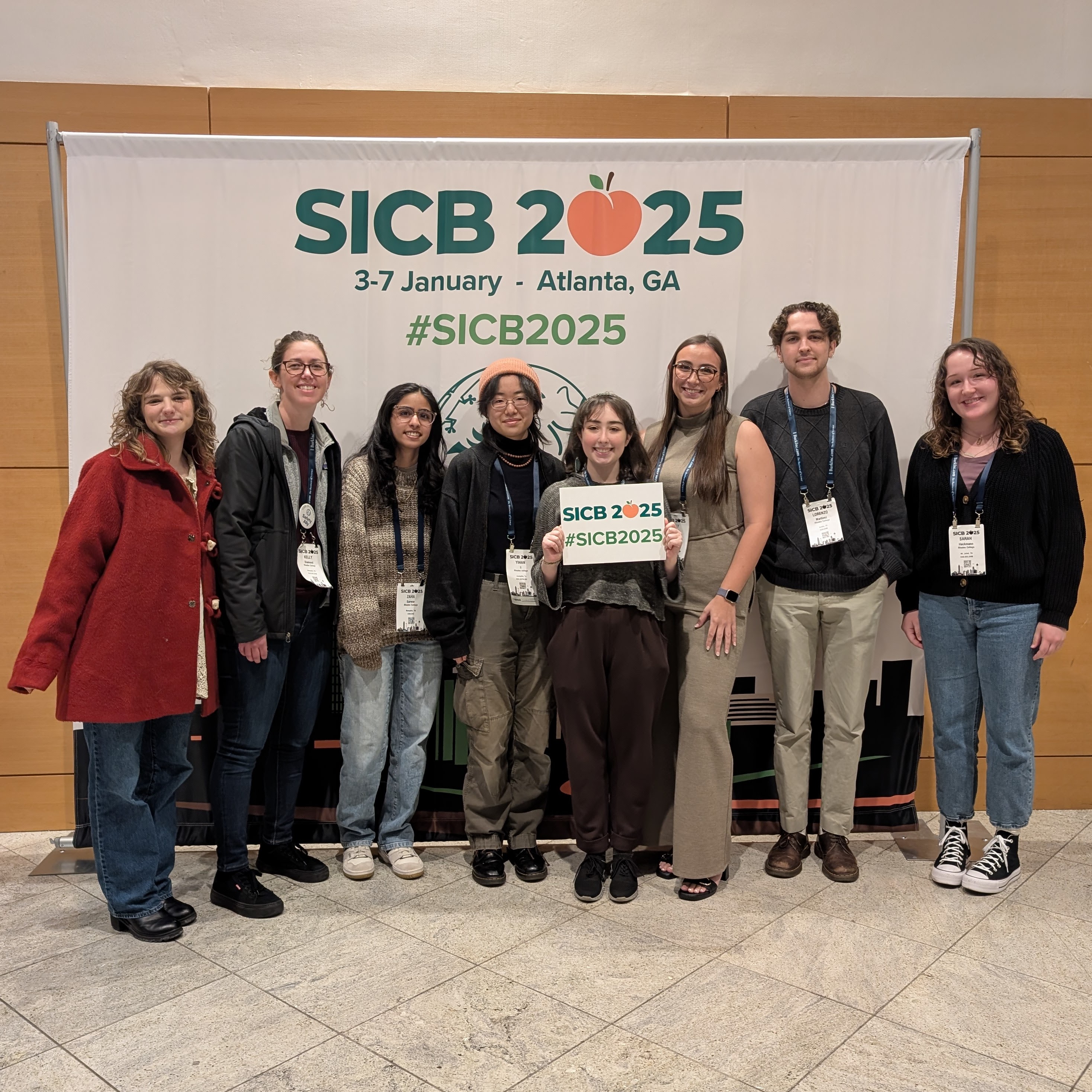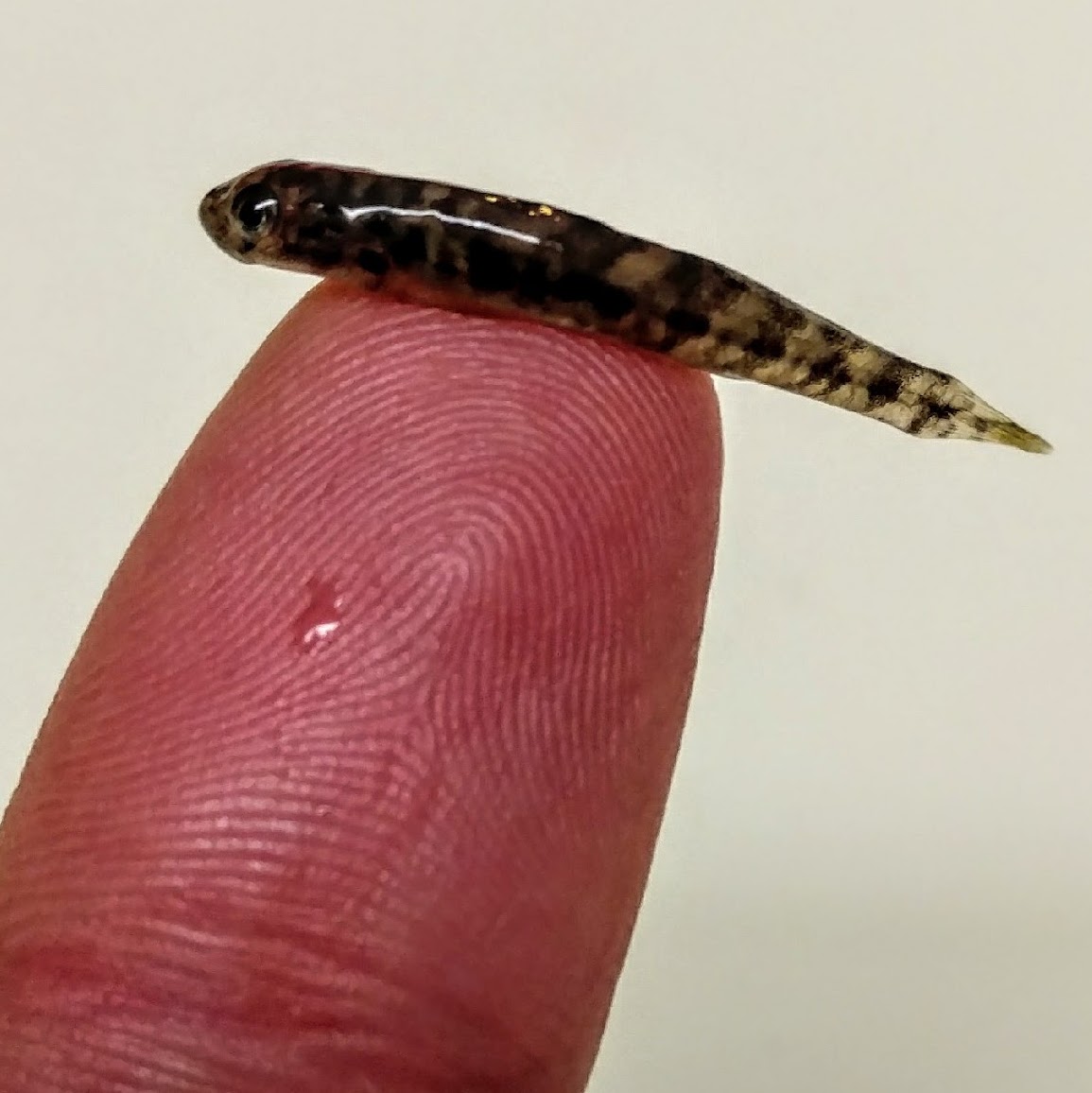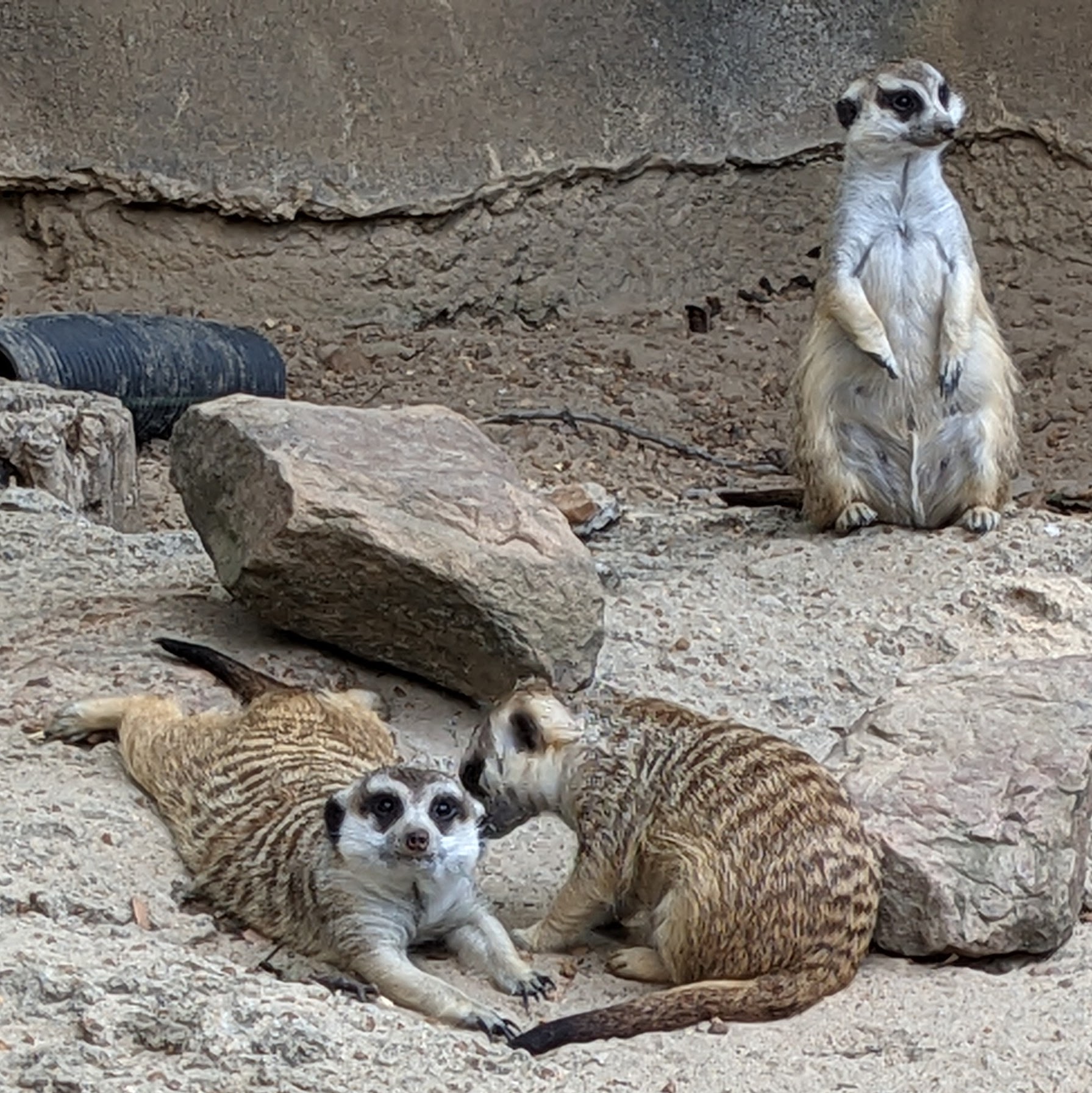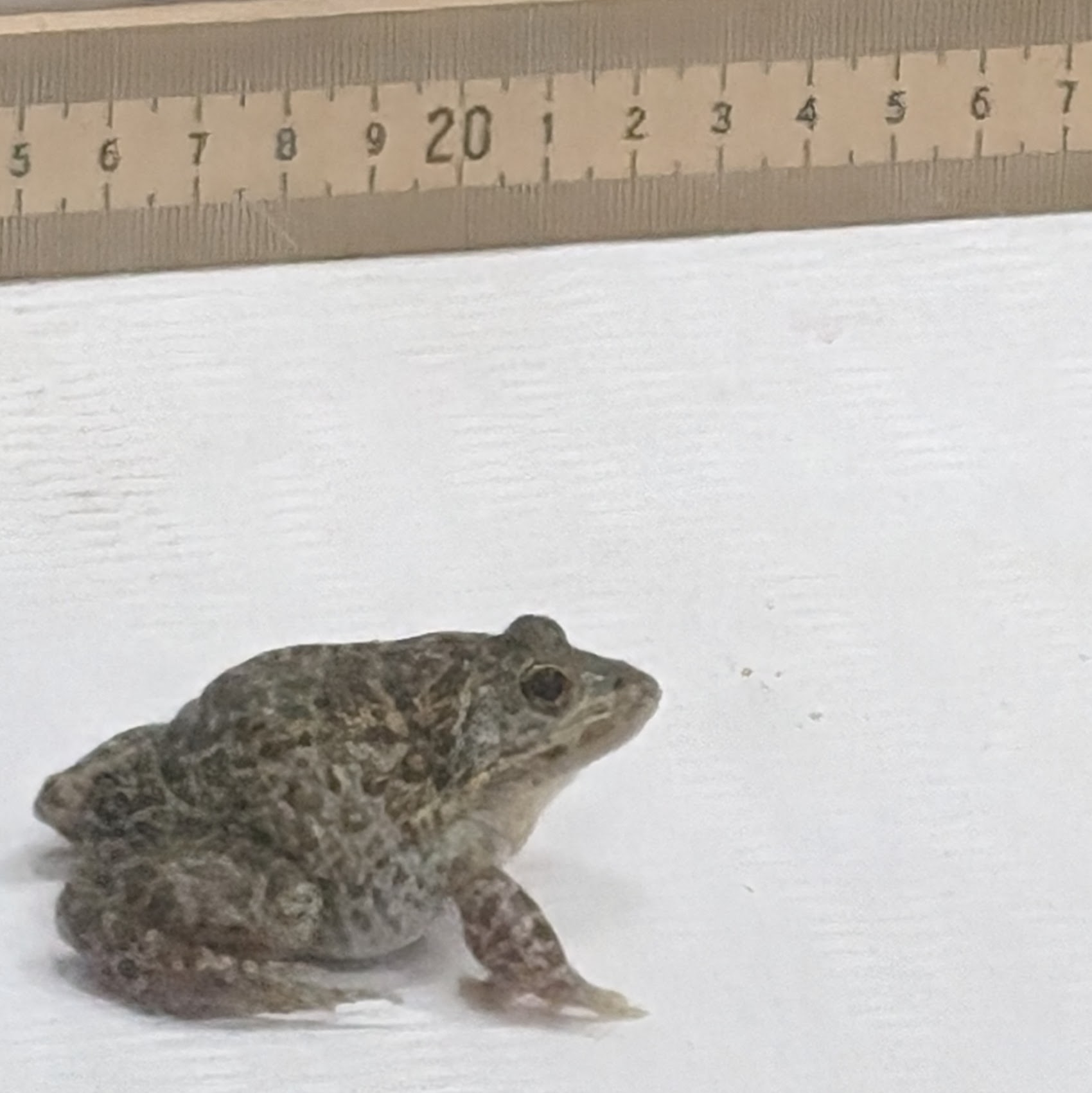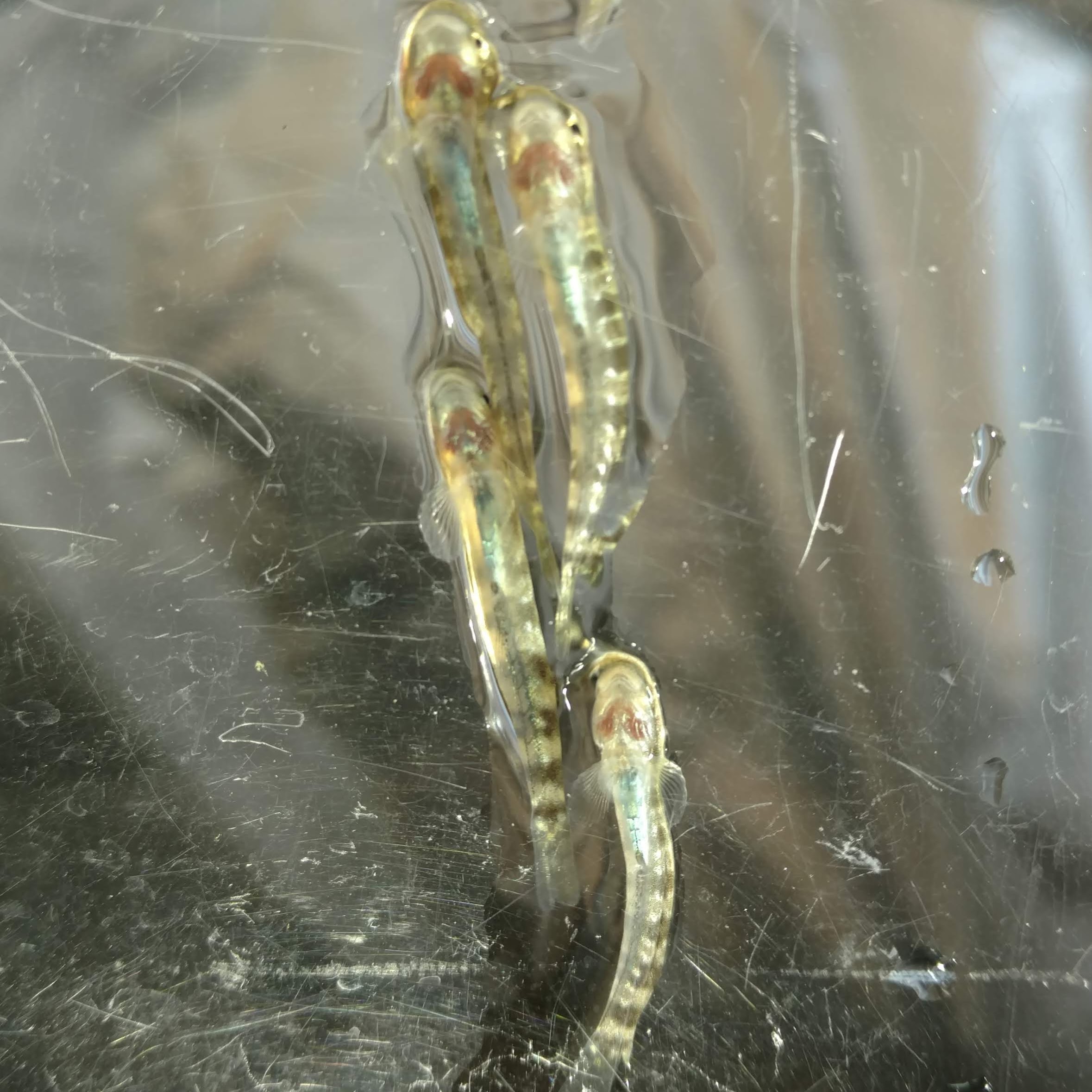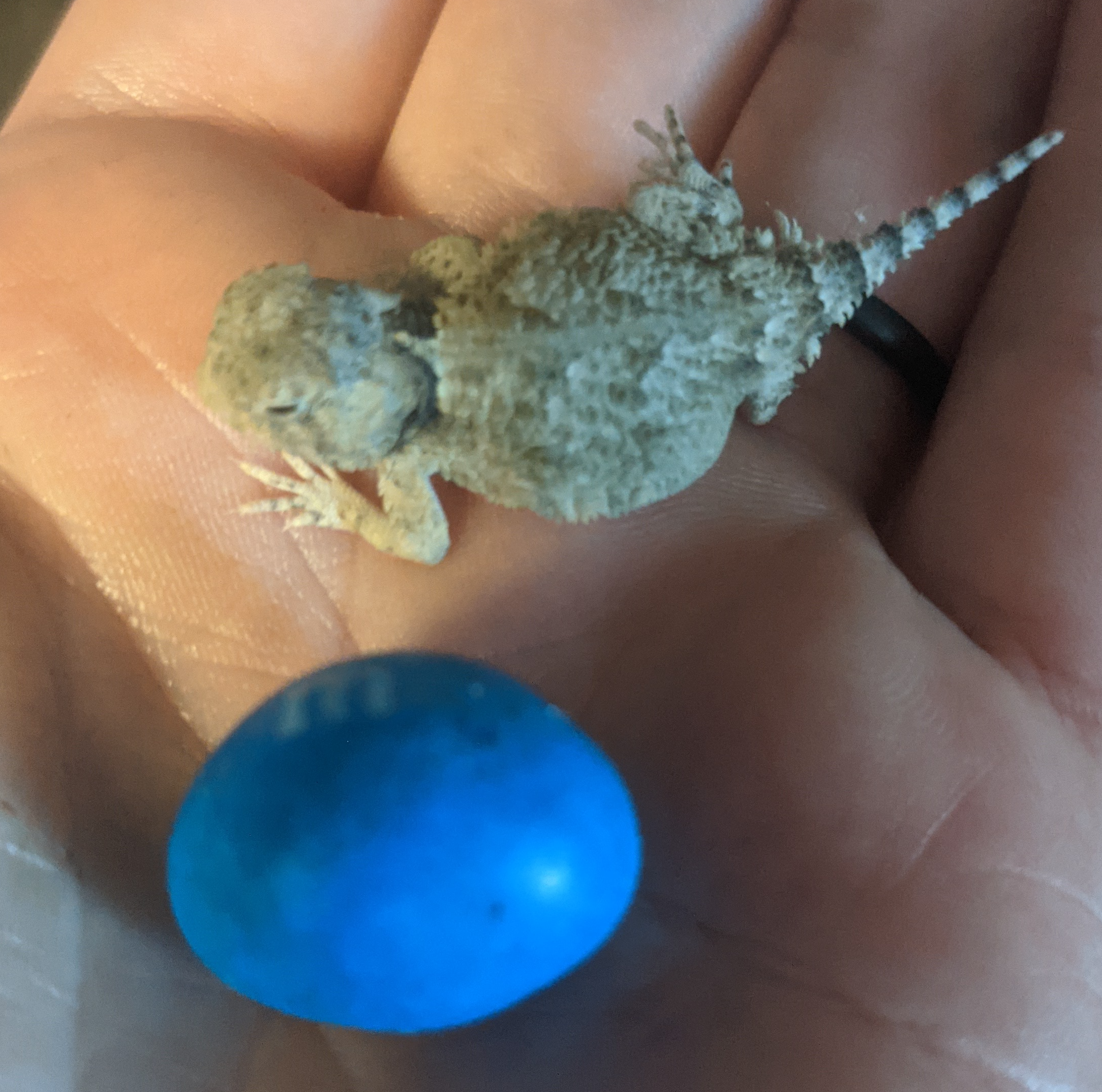Community Statement
The questions we ask as scientists are inspired by what we as humans have seen, read, and learned from those around us. This fact makes the process of science inherently biased by our lived experiences. Our lab attempts to combat biases by collaborating with people from different backgrounds and from different parts of the world, who do not share the same world view. We attempt to learn not only the natural history of the species we study, but also their cultural significance, and aim to collaborate with local experts when developing research questions and experiments. We aim to create an environment where people from all backgrounds, identities, and cultures feel safe and welcome to ask questions and work together to search for answers.
In addition to making a conscious effort to use language that is as inclusive as possible, we encourage lab members and collaborators to let let us know when intentions and their interpretation are not aligning. Another way we aim to create a safe space is through conversations about mental health. We are people that do science, not machines. Learning how to balance work, research, learning, and personal endeavors is part of the scientific process!
Kelly's job as a mentor is to remove any barrier I can for current lab members so that they can focus on their science. We have a lab agreement for all researchers on the team that explains expectations for everyone working in the lab.
Lab Community Policies
The humans that work in the lab are more important the questions we ask, data we collect, or results we present. Working with the Shape and Scales Lab requires mutual respect for ALL members of the lab. This means:
1. Ask. If you have a question, ask.
2. Let others know what you need. Communication is the most important skill you need to learn in science. It is also how we ensure we are giving everyone the respect we strive for.
3. Value team members because of the different viewpoints they bring to the lab.
4. Listen and appreciate different perspectives. Especially when you do not agree.
5. Refer to every person in the lab the way they wish to be referred. If you make a mistake, apologize, and make a conscious effort to give more respect in the future.
6. Speak up. Let people know when someone does something that you feel excludes or discriminates against you or another human for any component of their identity.
7. Be flexible. There are many aspects of our lives we do not have control over, be willing to modify timelines or adjust expectations as life happens.
8. Give credit where credit is due. We are constantly building on the work of those who came before us and those we are currently collaborating with. The best way to build a good network is to ensure we link all of the ideas that have allowed the research we present to be done.
